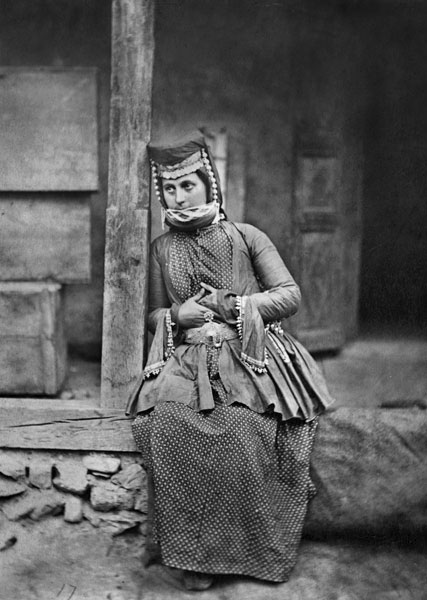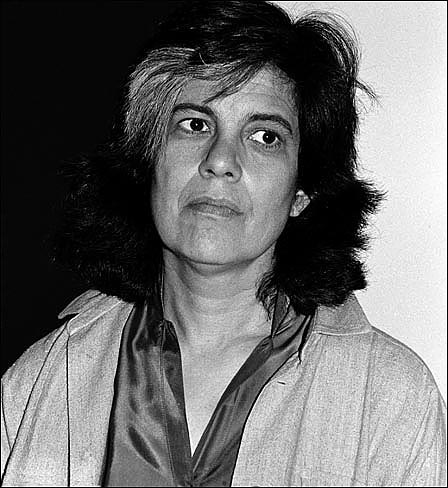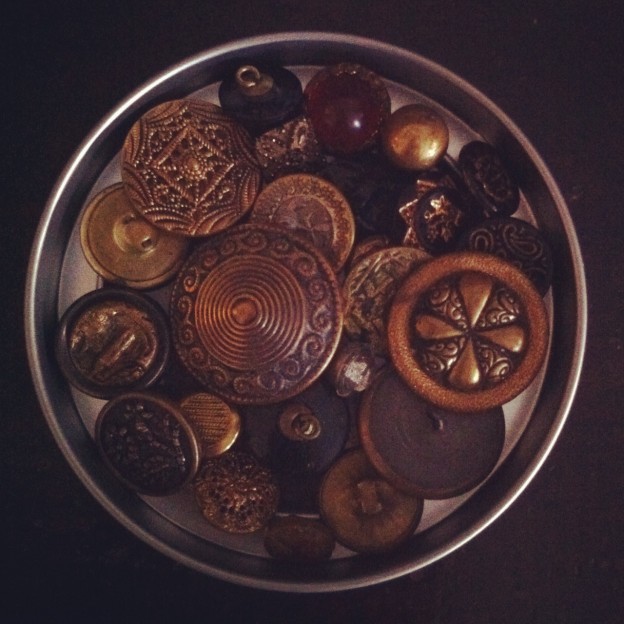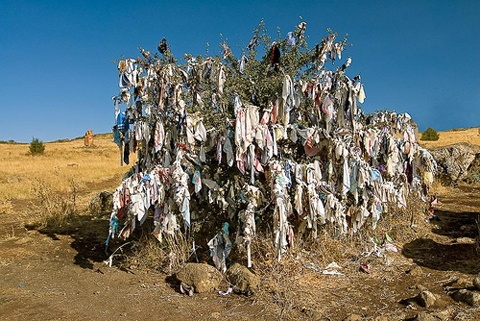The Artist as the Queen of Peas
When I was growing up, my mother, sister and I spent many an afternoon doing craft projects out of magazines such as Ladies Home Journal and Family Circle. My mother also took a cake decorating class, and then shared her knowledge with me. (These skills were much appreciated when my own daughters were in grade school where I was known for Barbie birthday cakes and basketball cupcakes.) Remembering those afternoons, I pulled this poem from the archive.
*
The Artist as the Queen of Peas
It started with the cakes. I bought
tips, a tiny brush to clean them,
small jars of color, and the crisp
paper that twisted into sacks.
I practiced roses, leaves, festoons,
and the scrawl of “Happy Birthday.”
The first cake, a globe-shaped devil’s
food, was a hit at the missionary
conference. I iced it blue, and
smoothed on the continents in green,
sticking tiny flags into the countries
they represented. But it was sad
to see the cake disappear by the
forkful and the plate of crumbs.
I took photos of the others:
a heart-shaped cake for Valentine’s,
a chocolate sea bass for Father’s Day
(with maraschino cherry eyes),
the pineapple-layer turkey for my
vegetarian sister at Thanksgiving.
In the Christmas issue of Women’s
Day, I saw a gingerbread carousel:
there were reindeer instead of ponies.
Of course, you couldn’t eat it
because the icing dried rock hard,
but it looked lovely in the center
of the table, and could be stored
for future use. The next project
was a pasta Christmas tree: macaroni,
shells and bows glued to Styrofoam
and sprayed gold. After the apple-
head dolls, oranges imbedded with
cloves in the closets, star cookies
shellacked and hanging in
constellations, I wanted
something more, something grander.
For weeks I wondered how to create
food that would last, until, pushing
a cart down the grocery aisle, I rolled
past a pyramid of cans. It was easy
after that: I made self-portraits
with cans and jars of vegetables,
fruit and legumes, huge sculptures
of tin, glass and bright labels.
Now every major museum in the country
has a “Self-Portrait with Cling Peaches,”
or “The Artist as the Queen of Peas.”
They’re launching a major retrospective,
accompanied by a short film of my
lecture on “Culinary Art.” And I
owe it all to my mother, who taught
me everything I know about food.
Nancy Kricorian
Originally published in MISSISSIPPI REVIEW, Spring 1991
January 11, 2013













